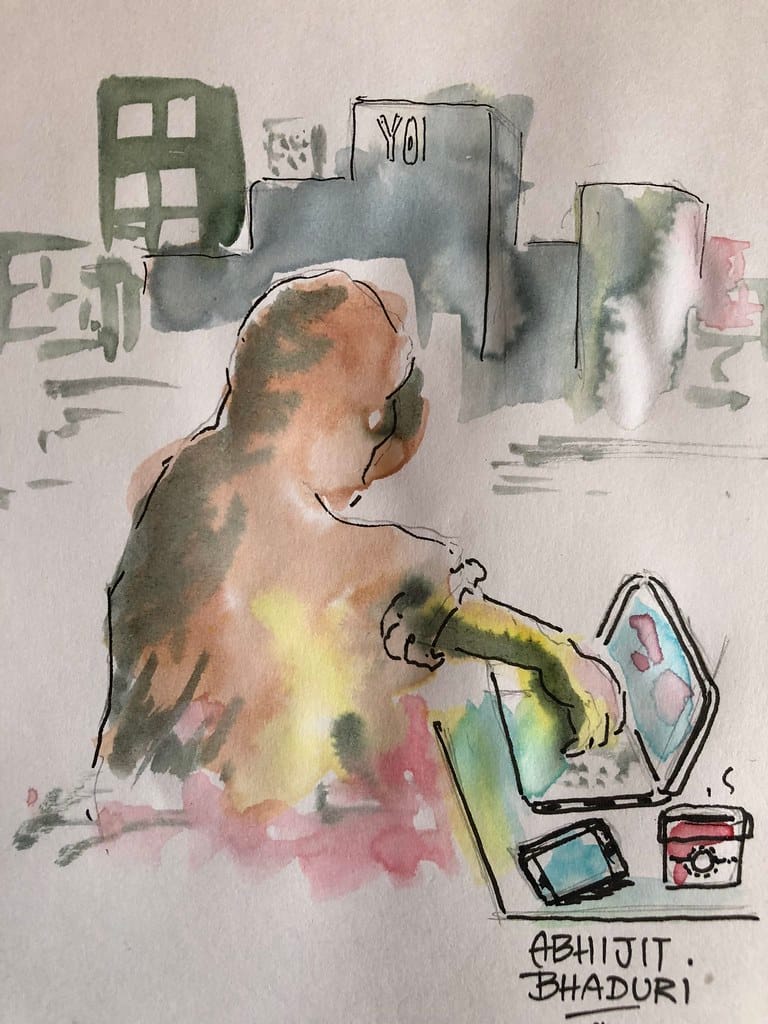Australia's Spy Chief Issues LinkedIn Warning: Why Defense Workers' Social Media Habits Are a National Security Risk
Australia's top intelligence official has issued an unprecedented public warning to defense industry workers about their social media habits, highlighting a growing cybersecurity threat that many professionals never considered: their own LinkedIn profiles.
Mike Burgess, Director-General of the Australian Security Intelligence Organisation (ASIO), recently cautioned that defense contractors and government workers are inadvertently compromising national security by sharing too much professional information on networking platforms like LinkedIn. The warning comes as foreign intelligence agencies increasingly turn to social media for recruitment and information gathering operations.
The Digital Espionage Threat
The concern isn't about obvious security breaches or classified document leaks. Instead, intelligence agencies worry about the cumulative effect of seemingly innocent professional updates, job descriptions, and career milestones that defense workers routinely share online.
"Foreign intelligence services are actively harvesting information from social media platforms to build detailed pictures of Australia's defense capabilities, personnel, and operations," Burgess explained during a recent security briefing. This information can reveal organizational structures, project timelines, and even identify individuals with access to sensitive information who might be targeted for recruitment.
LinkedIn, with its professional focus and culture of career transparency, has become particularly problematic. The platform encourages users to detail their work experience, highlight achievements, and showcase their expertise – exactly the kind of information that foreign intelligence services find valuable.
What Information Creates Risk?
Intelligence experts identify several categories of seemingly benign information that can pose security risks when aggregated:
Project Details and Timelines: Posts about working on "exciting new defense projects" or celebrating project milestones can reveal operational schedules and capabilities to adversaries.
Organizational Charts: Frequent connections between colleagues can help foreign agents map out command structures and identify key personnel within defense organizations.
Security Clearance Levels: References to security clearances or specialized training can make individuals targets for recruitment attempts or social engineering attacks.
Location and Travel Data: Check-ins at defense facilities or posts about work travel can reveal operational patterns and sensitive locations.
The Human Intelligence Factor
Beyond information gathering, social media platforms have become hunting grounds for foreign intelligence services seeking to recruit assets. The phenomenon, known as "human intelligence" (HUMINT) operations, has found new life in the digital age.
Intelligence agencies use sophisticated social media analysis to identify potential targets based on their posts, connections, financial situations, or personal vulnerabilities. They then initiate contact through seemingly innocent professional networking or romantic approaches, slowly building relationships over months or years before making recruitment pitches.
The Australian government has documented numerous cases where foreign agents used LinkedIn and other platforms to target defense personnel, though specific details remain classified for obvious reasons.
Industry Response and Guidelines
Following Burgess's warning, major Australian defense contractors have begun implementing stricter social media policies for employees working on sensitive projects. Some companies now require pre-approval for certain types of LinkedIn posts, while others provide regular training on operational security (OPSEC) best practices for social media use.
The Australian Department of Defence has also updated its guidelines for personnel, recommending that workers:
- Avoid mentioning specific projects, even in general terms
- Limit details about job responsibilities and security clearances
- Be cautious about connecting with unknown individuals, particularly those with limited online presence
- Regularly review privacy settings and limit public access to professional information
Global Implications
Australia's concerns reflect a broader international trend. Similar warnings have emerged from intelligence agencies in the United States, United Kingdom, and Canada, suggesting that social media-based intelligence gathering has become a standard practice among state actors.
The challenge for democratic societies lies in balancing legitimate professional networking and career development with national security requirements. Unlike authoritarian regimes that can simply ban social media use, democratic governments must rely on education and voluntary compliance from their workforce.
Moving Forward: Digital Vigilance
As the line between personal and professional life continues to blur in the digital age, defense workers face the challenging task of maintaining their careers while protecting national interests. The solution isn't abandoning social media entirely but developing better digital literacy around the security implications of online sharing.
Organizations and individuals must recognize that in today's interconnected world, operational security extends far beyond classified briefing rooms and secure facilities. Every LinkedIn post, every professional update, and every online connection becomes part of a vast digital footprint that foreign intelligence services are actively monitoring and analyzing.
The message from Australia's intelligence community is clear: in the modern security environment, even the most routine professional social media activity requires careful consideration and strategic thinking.

